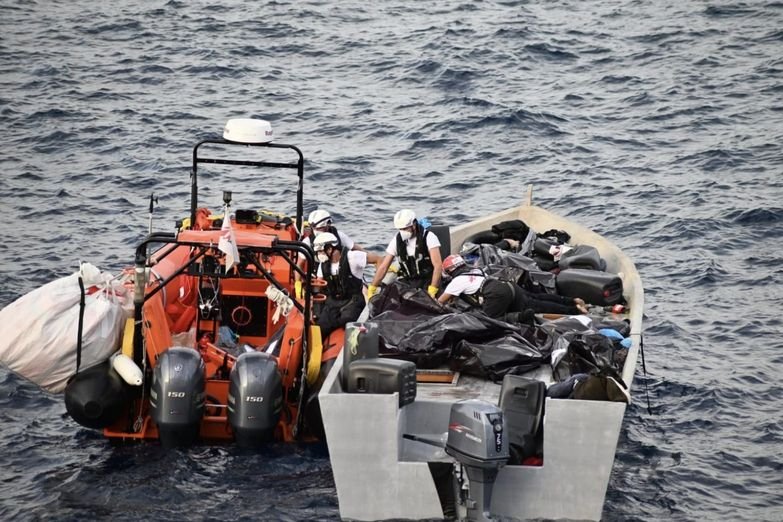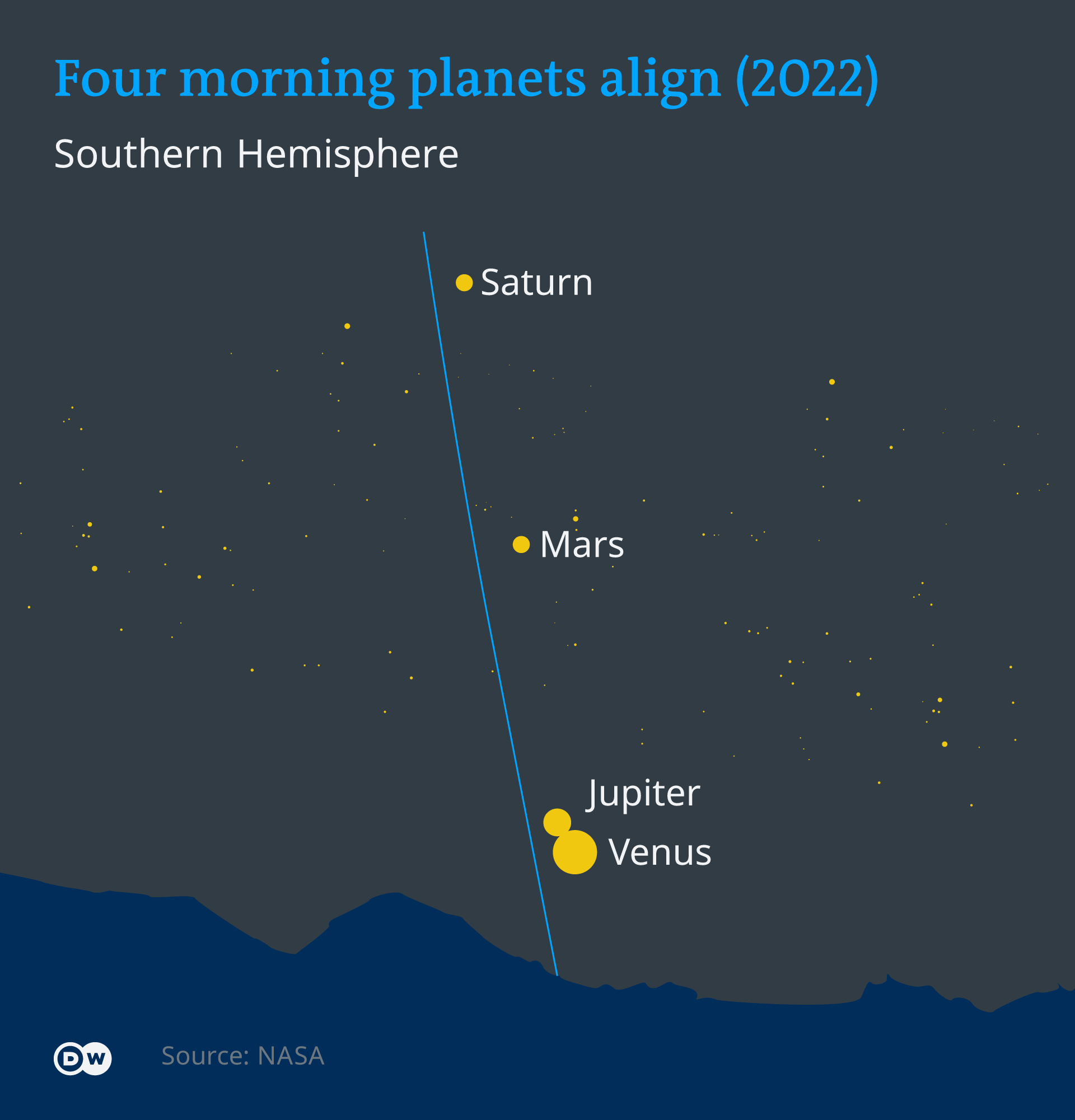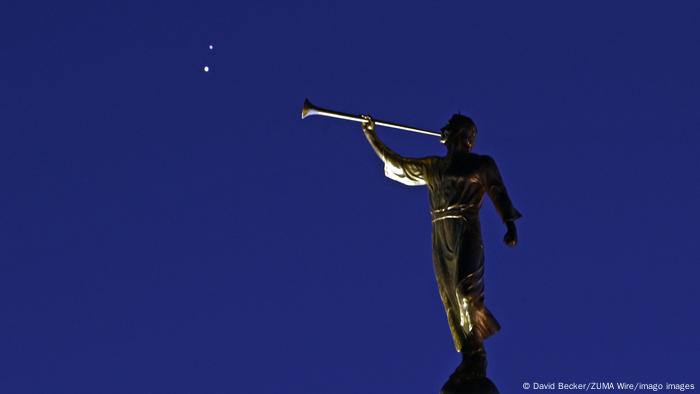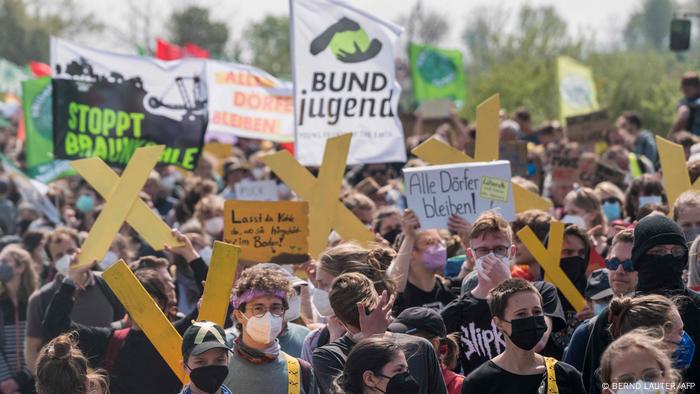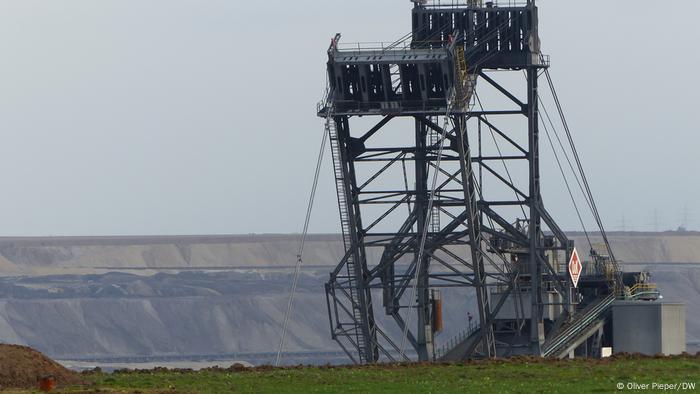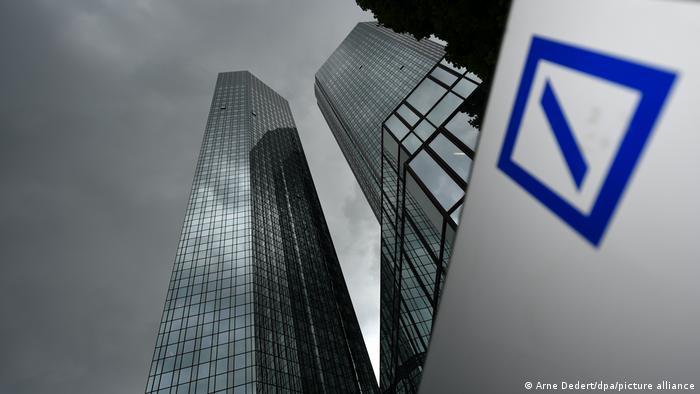
The U.S. Postal Service plans to make at least 10% of its vehicle fleet electric.
April 28 (UPI) -- The attorneys general of 16 states and the District of Columbia, plus environmental activist groups have sued the U.S. Postal Service over its plans to replace the vast majority of its fleet with vehicles that burn fossil fuels.
The suit, filed Wednesday, said the plan doesn't comply with the National Environmental Policy Act, which requires federal agencies to conduct environmental reviews before making major decisions.
According to the lawsuit, the USPS expects to replace 90% of its fleet of more than 212,000 vehicles with fossil fuel-powered, internal combustion engine vehicles. The plaintiffs said the plans rely on a flawed environmental analysis and miscalculations.
"The Postal Service has a historic opportunity to invest in our planet and in our future. Instead, it is doubling down on outdated technologies that are bad for our environment and bad for our communities," California Attorney General Rob Bonta said in a statement.
"Once this purchase goes through, we'll be stuck with more than 100,000 new gas-guzzling vehicles on neighborhood streets, serving homes across our state and across the country, for the next 30 years. There won't be a reset button. We're going to court to make sure the Postal Service complies with the law and considers more environmentally friendly alternatives before it makes this decision."
The lawsuit calls for the USPS to set aside its environmental review because it signed contracts with a defense contractor to procure the vehicles before the review was done. The plaintiffs said the agency "arbitrarily" declined to consider a greater percentage of EVs, and failed to properly consider air equality, environmental justice and climate impacts of the purchase.
The USPS holds the federal government's largest and oldest vehicle fleet. It completed an environmental review of plans to modernize the fleet in February, announcing plans to incorporate thousands of electric vehicles. The plan calls for the overall fleet mix to be at least 10% EVs, with more added as financial resources become available.
RELATED Biden signs law to reform U.S. Postal Service
Kim Frum, a spokeswoman for the USPS, told UPI the agency placed an initial order for 10,019 battery electric vehicles and that its contract allows it to order more EVs over the next 10 years.
"The Postal Service conducted a robust and thorough review and fully complied with all of our obligations under NEPA," she said.
"The Postal Service is fully committed to the inclusion of electric vehicles as a significant part of our delivery fleet even though the investment will cost more than an internal combustion engine vehicle. That said, as we have stated repeatedly, we must make fiscally prudent decisions in the needed introduction of a new vehicle fleet."



